Footprint reduction
2 min read
Being prepared for the future of your dairy farm means understanding four key numbers that show how ready your business and farm system are for what's ahead. These numbers include operating profit per hectare, debt to asset ratio, tonnes of methane emissions per hectare, and purchased N surplus per hectare. Knowing these figures can help you gauge financial resilience and adapt to environmental concerns. DairyNZ can assist you in understanding your numbers and how you compare to others in your region, and there are tools available to help you calculate these essential metrics.
Being prepared for the future means 'knowing your numbers' in relation to both profit and environmental performance indicators to give clarity on potential adaption required for your farm system.
There are four key numbers that will help you review whether your business and farm system are future ready.
DairyNZ can help you understand your number and where you sit in comparison to others in your region.
If you are interested in understanding your numbers and where you sit fill in this form and we'll be in touch.
The first two are the key components of business resilience.
This indicates the ‘engine room’ of the production system. How financially profitable is your current system? The more profitable the system, the more opportunity for financial progress. If you needed to adapt your system would you want to bring your cost of production per milksolid with you? You can calculate by entering your farm data into DairyBase see Dairy Operating Profit or use the Balance sheet template on the Budgeting tools page.
This is the level of debt relative to the value of the assets in the business and is an indication of the level of exposure the business has to market ‘shocks’, like drop in milk price, increase in interest rates, or decline of asset values. If you have a high debt to asset ratio it is not necessarily bad if you generate sufficient profit at a low milk price to meet the interest and principal on the debt and your personal drawings and tax. The higher the debt to asset ratio the more at risk the business is at low milk price, poor season and an increase in interest rates or the bank requiring more principal to be repaid.
Methane and nitrous oxide are generated by the biological system and are hence referred to as "biological GHG emissions".
Methane make up 80 percent of New Zealand’s biological greenhouse gas emissions and the agriculture sector will be required to reduce total methane emissions from the sector in 2030 with all methane emissions (other livestock sectors and waste management sector) to be reduced by 10% of methane emission in 2017. This will make methane a priority area for many farmers as there will be a financial cost (pricing mechanism currently being worked through).
Purchased N surplus estimation calculation:
Milk Protein / ha x 15.67% OR kgMS / ha x 7%
Note: Calculation does not take into account of N exported as effluent (e.g. effluent solids exported to a runoff) or supplements sold or exported from milking area. Calculation does not account for a high amount of stock sales or beef on the dairy platform.
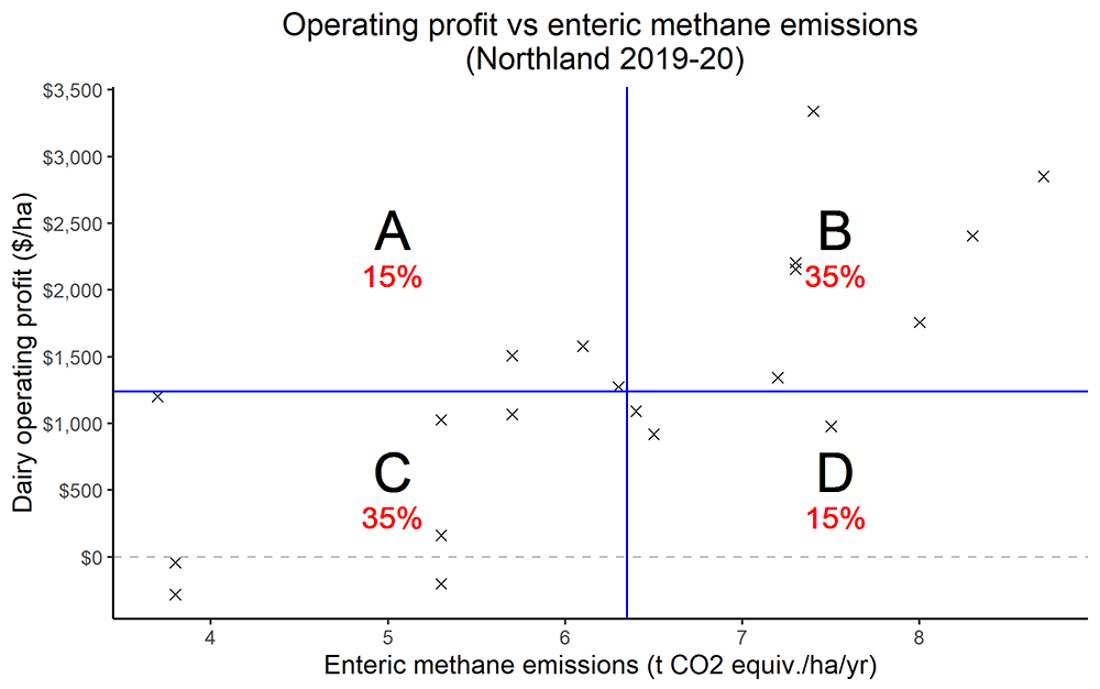
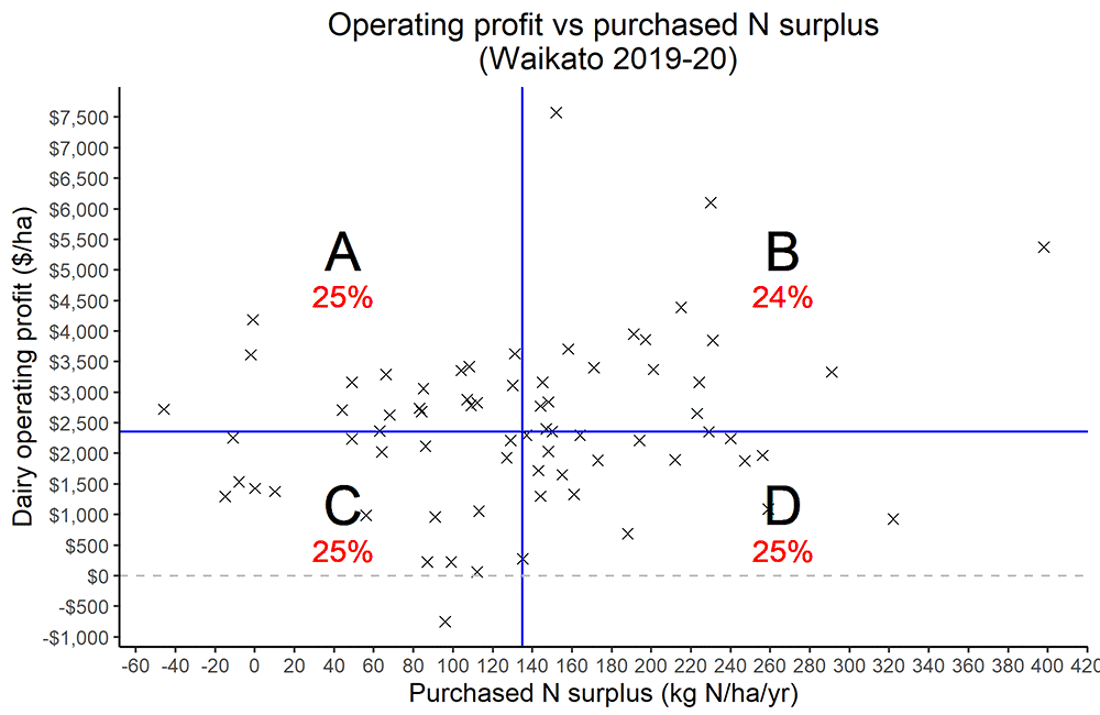
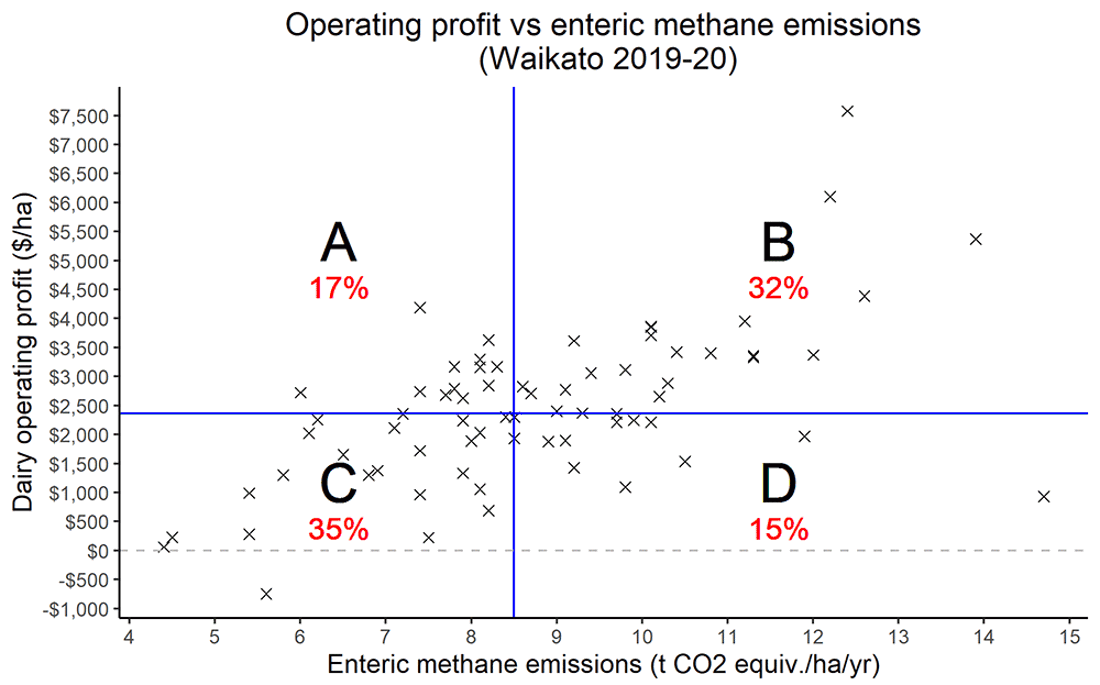
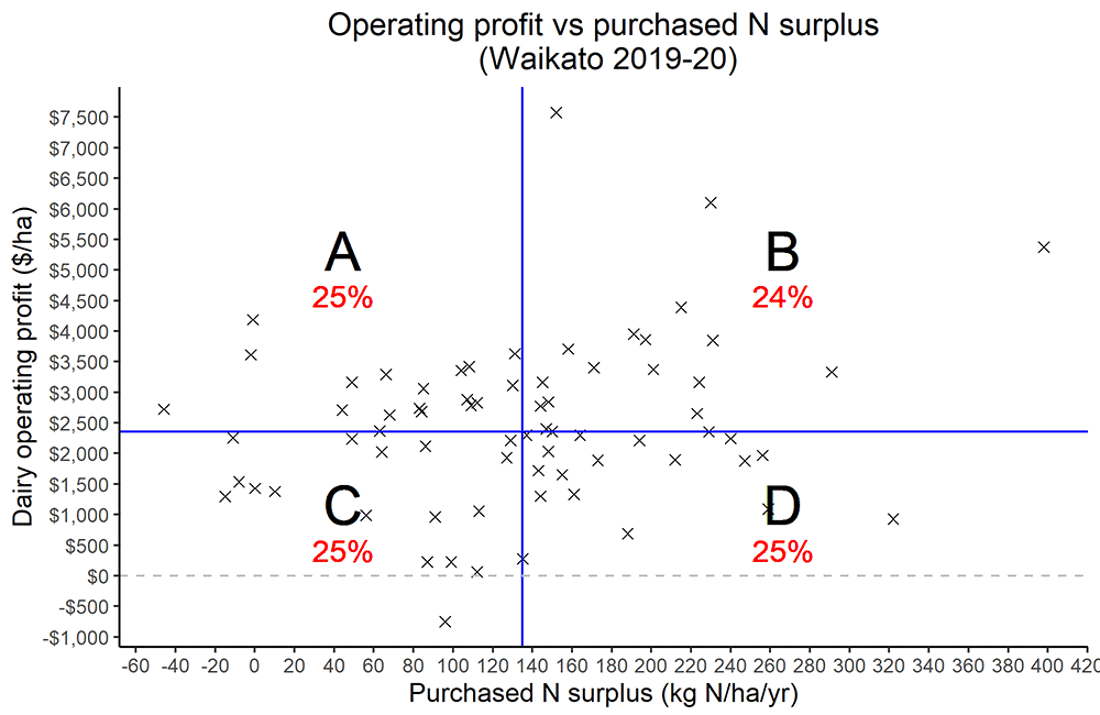
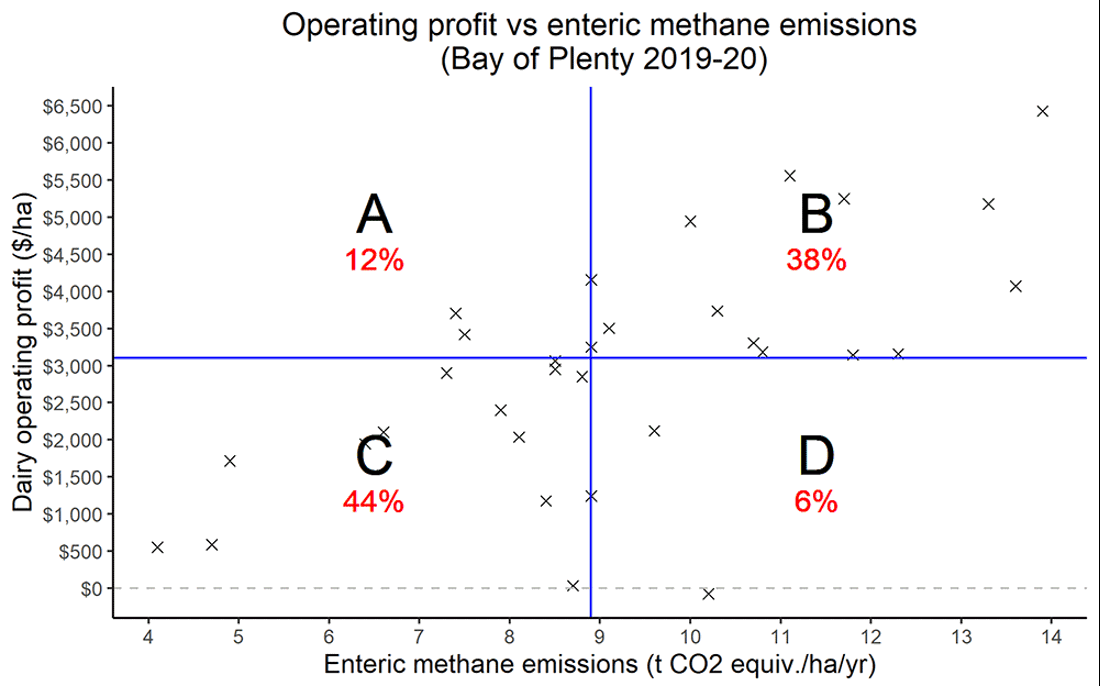
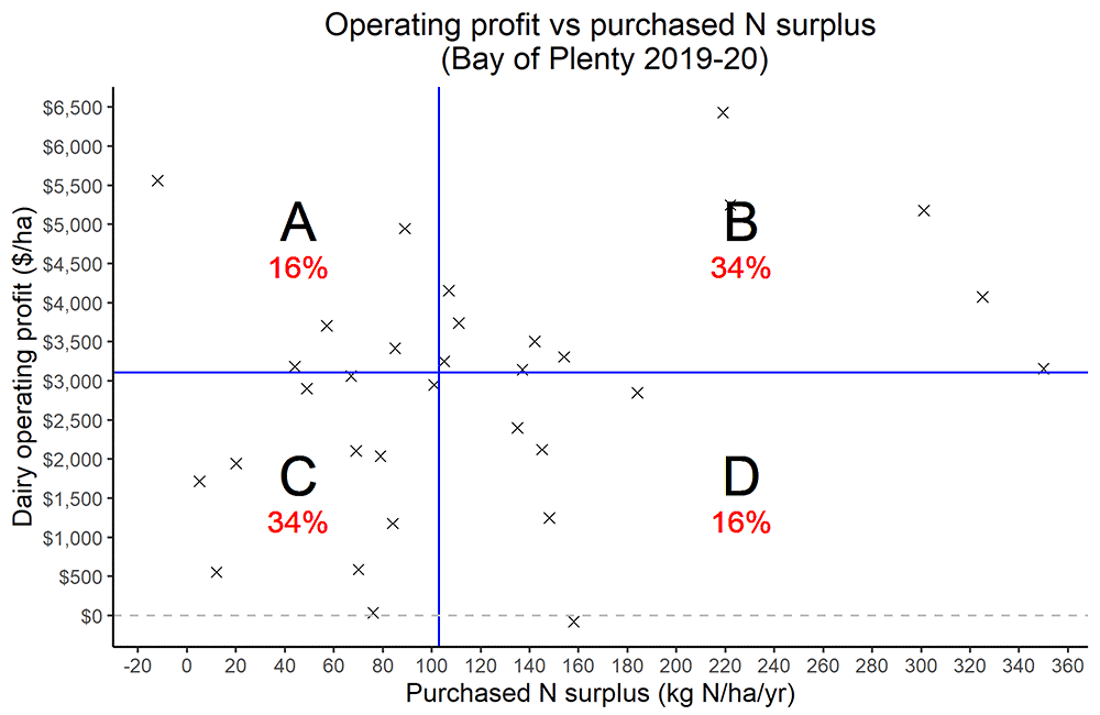

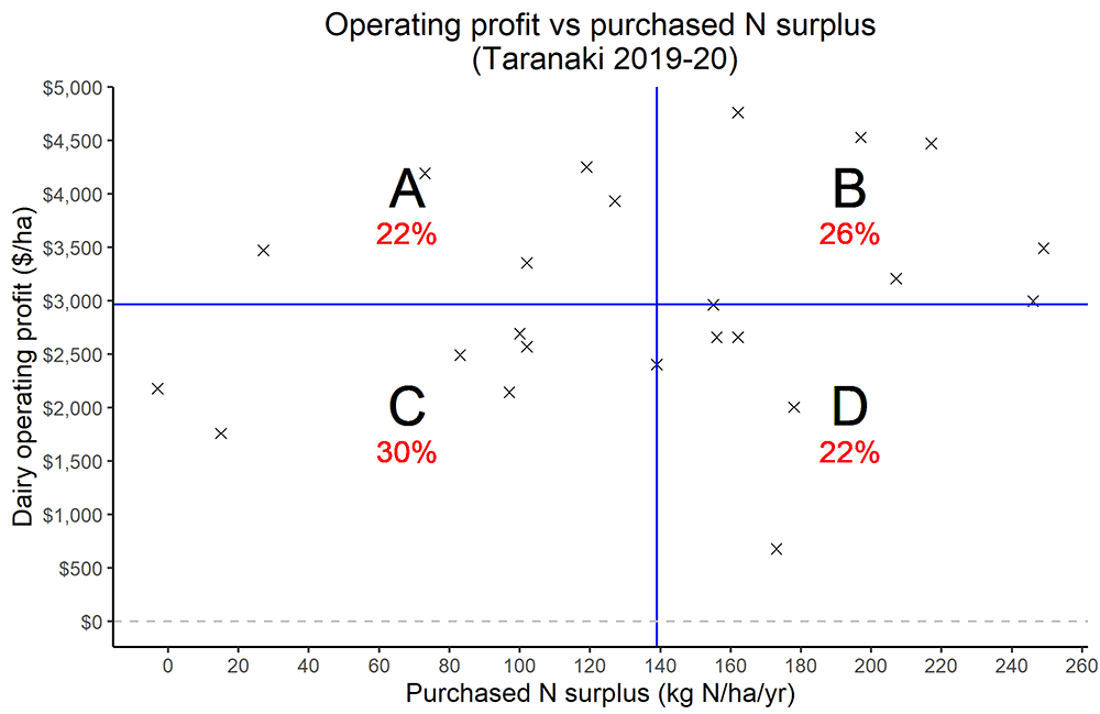

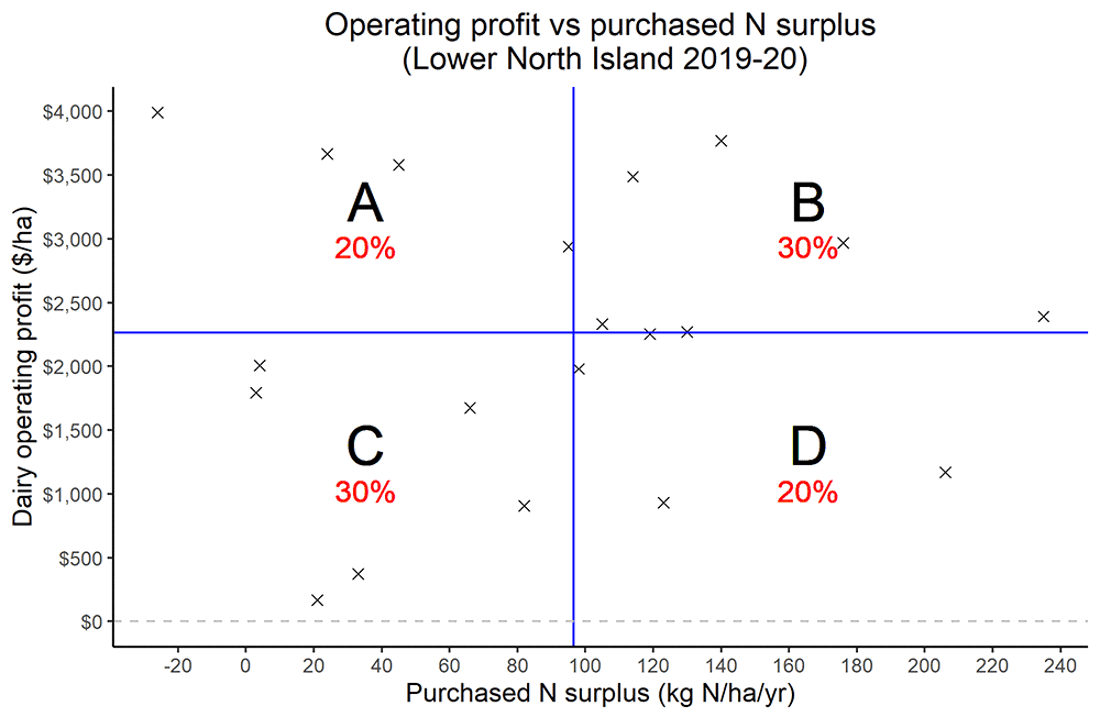
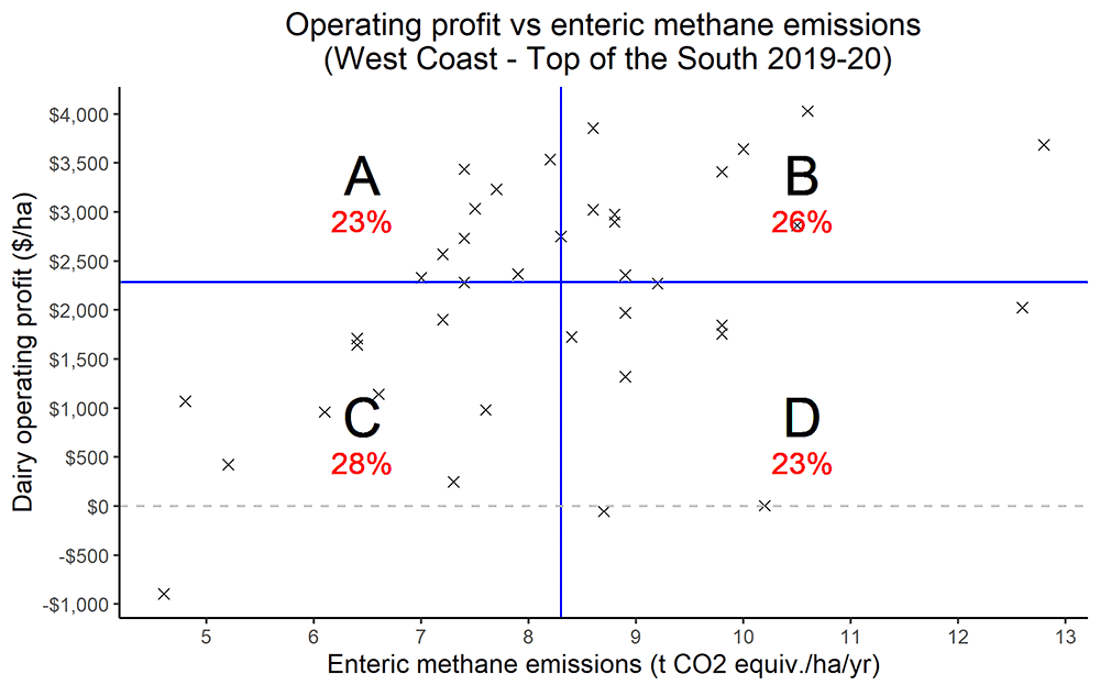
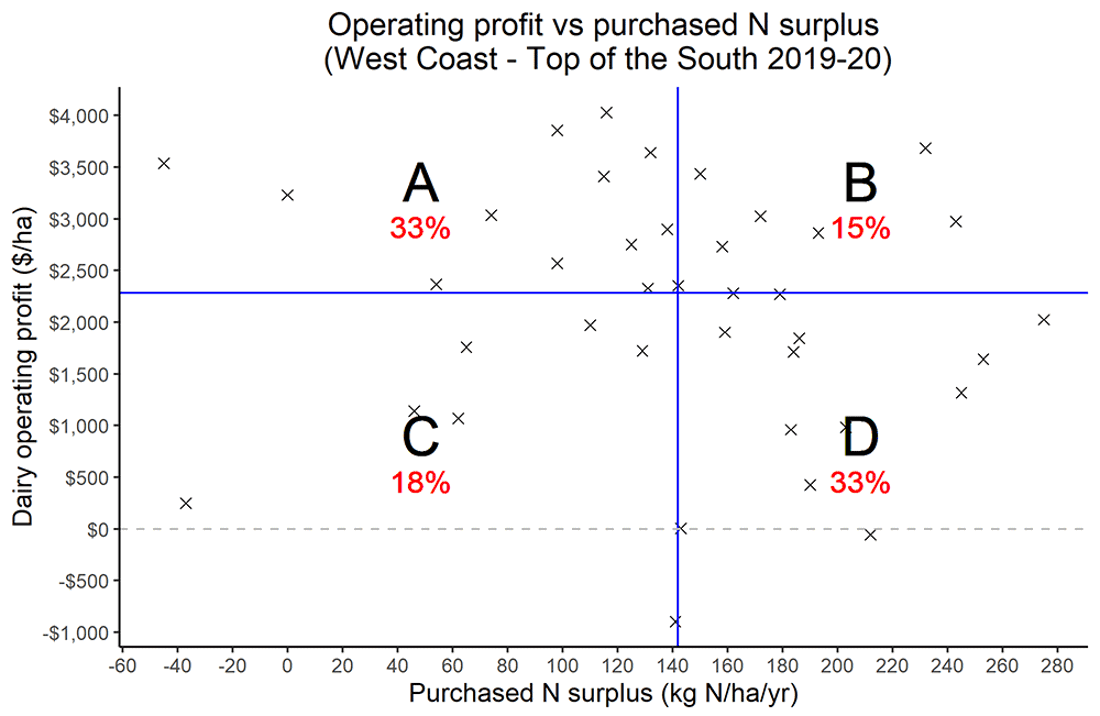
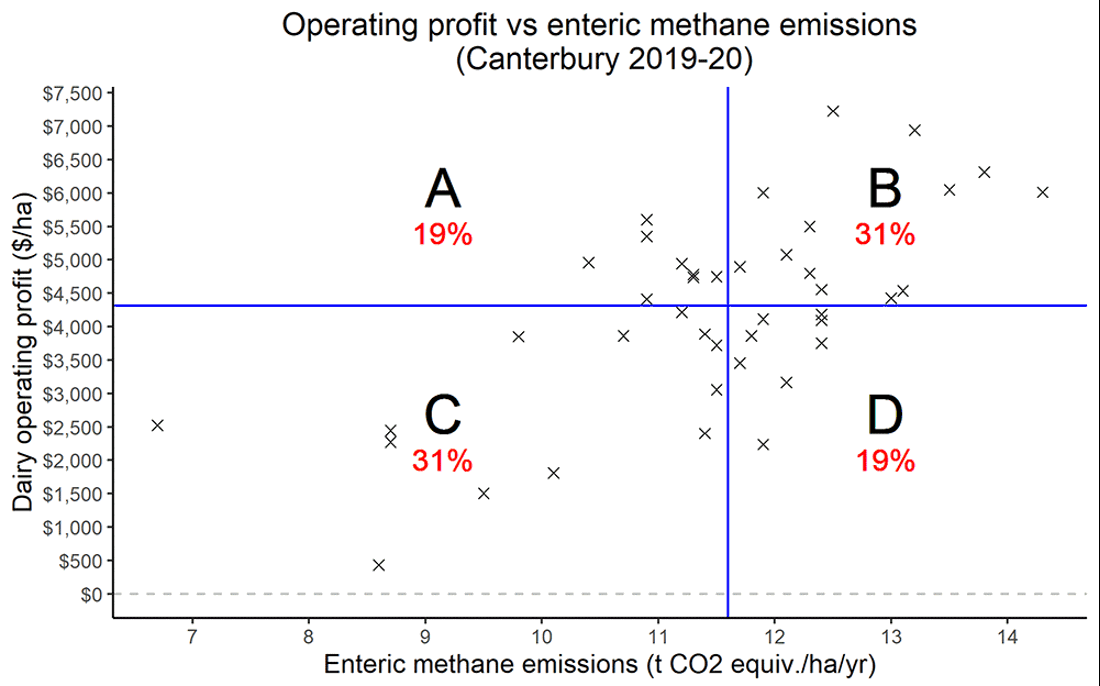
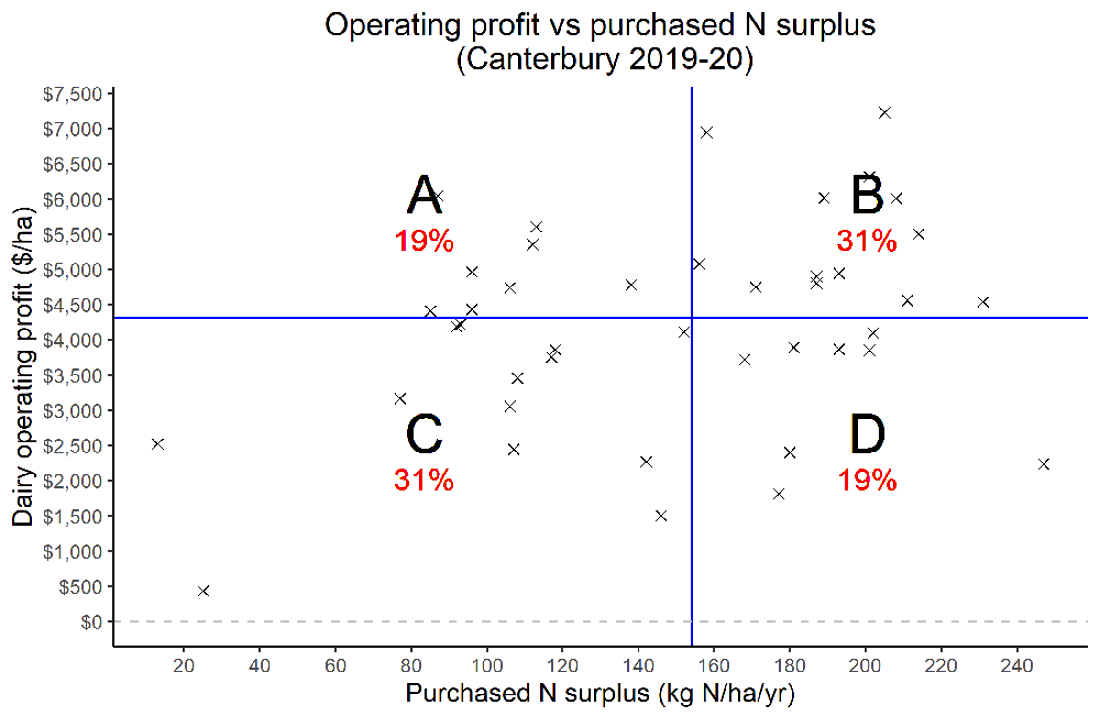


DairyNZ can help you understand your number and where you sit in comparison to others in your region.
If you are interested in understanding your numbers and where you sit fill in this form and we'll be in touch.
Now’s the perfect time to check in, plan, and set up for a strong season. We’ve pulled together smart tips and tools to help you stay ahead all winter long.
Whether you prefer to read, listen, or download handy guides, we’ve got you covered with trusted tools to support your journey every step of the way.
Put our proven strategies and seasonal tools to work. Boost production, support animal health and watch your profits hum.
Tools that are backed by science, shaped by farmers and made for this season.
That’s Summer Smarts.